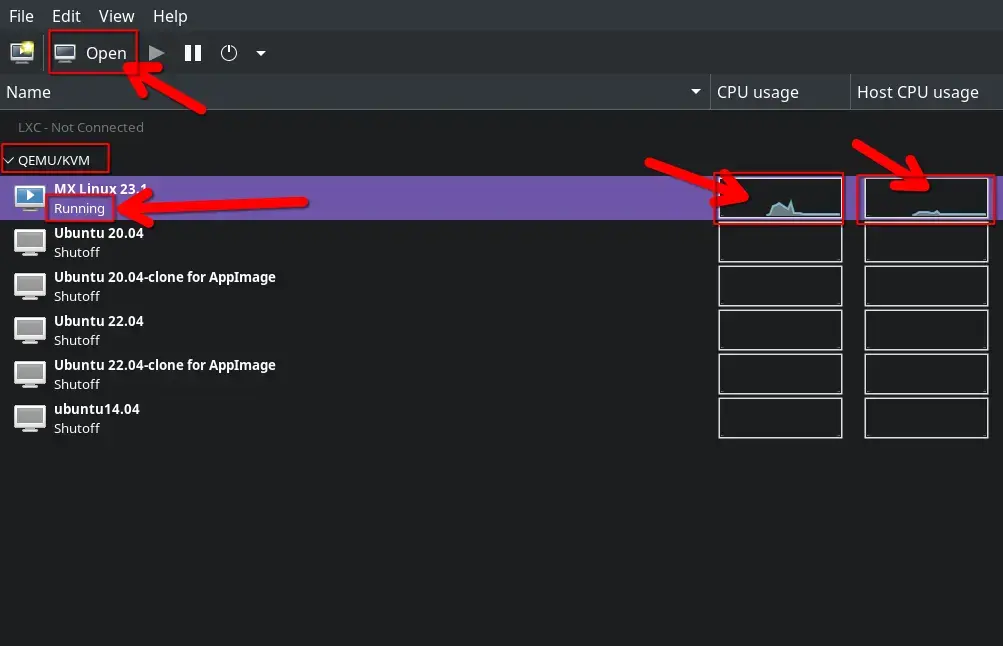Usually KVM is used alongside higher level programs like QEMU and/or libvirt/virt-manager, which handle the display side of things. It can be done in many different (configurable) ways, including built-in SPICE/VNC/RDP servers (guest support not needed), or it can just render directly into the application window itself (not as a background service) via SDL/OpenGL/etc., but that means closing the program destroys the VM.
I think the most popular/common option is qemu/kvm via libvirt, using virt-manager to manage the VMs and handle the display, which by default uses SPICE behind the scenes and runs the VM as a background service which virt-manager (or any SPICE client) can connect/disconnect from at will.
The libvirt method is more akin to VMware ESX server, where the VMs are always running in the background, and you attach to them to see the display whenever you want, whereas VMware Workstation/Player/etc. is more like running qemu directly with the SDL/GL display option which does all the emulation and display directly inside the running application window and the two are tightly coupled.
